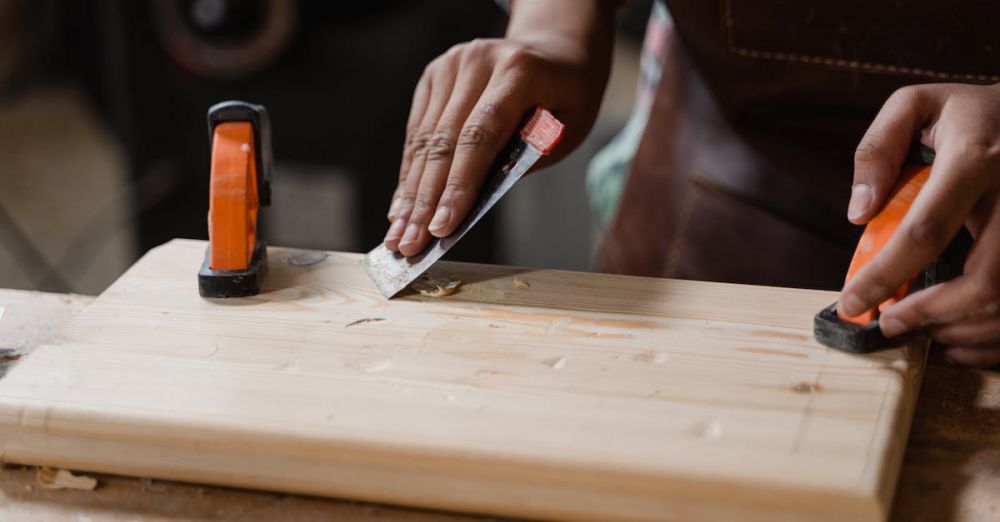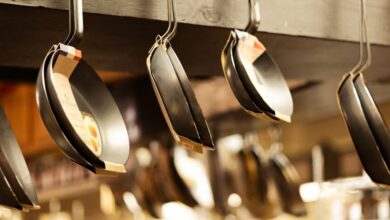What Are the Best Tools for Making Homemade Pasta
Making homemade pasta is a delightful culinary experience that transforms a simple meal into something extraordinary. Whether you’re a novice cook or a seasoned chef, having the right tools can elevate your pasta-making game. From mixing and kneading to rolling and cutting, each step requires specific instruments that can enhance your efficiency and improve the quality of your pasta. Let’s explore the essential tools you need to create delicious homemade pasta, ensuring your kitchen is well-equipped for this rewarding endeavor.
Essential Mixing Tools
The first step in making pasta involves mixing the ingredients, typically flour and eggs. A clean work surface or countertop is ideal, but a large mixing bowl can also suffice. A wooden spoon or a bench scraper is essential for combining the flour and eggs without making a mess. Some chefs prefer using a food processor for this initial step, as it can quickly incorporate the ingredients and save time. However, the traditional method of mixing by hand allows for a more tactile experience and a better understanding of the dough’s consistency.
Kneading Accessories
Once your ingredients are mixed, the next crucial step is kneading the dough. This process develops the gluten, giving your pasta its characteristic chewiness. A clean, well-floured surface is vital for this phase. You can use your hands to knead, but a sturdy rolling pin can assist if you prefer to flatten the dough before folding it. For those who want to save their energy, a stand mixer with a dough hook attachment is an excellent investment, making the kneading process easier and more efficient.
Rolling Machines
To achieve the perfect pasta thickness, a rolling machine is a game changer. Manual pasta rollers allow you to adjust the thickness of your dough easily. These machines come with various settings that can produce everything from thin lasagna sheets to thicker fettuccine. If you’re looking for convenience and speed, an electric pasta maker might be the way to go. With just the push of a button, these machines can roll out pasta quickly and consistently, making them ideal for busy cooks.
Cutting Tools
Once your dough is rolled out, it’s time to cut it into your desired shapes. A sharp knife or a bench scraper can work for cutting sheets into strips for fettuccine or lasagna. However, specialized pasta cutters can make the process faster and more precise. You can find various attachments for your pasta machine that will allow you to create different shapes like tagliatelle, ravioli, or even lasagna noodles. For a more artisanal touch, consider using a ravioli stamp or cutter, which can help you produce perfect, uniform pasta pockets.
Drying Racks
After cutting your pasta, it’s essential to let it dry slightly before cooking or storing. A pasta drying rack provides a convenient solution. These racks allow you to hang long strands of pasta, ensuring they don’t stick together and maintain their shape. If you’re short on space, a clean clothes hanger can do the trick in a pinch. Just make sure the pasta has enough room to breathe as it dries.
Storage Solutions
If you’ve made a large batch of pasta, proper storage is crucial. Airtight containers or resealable plastic bags work well for storing fresh pasta in the refrigerator for a couple of days. For longer storage, consider freezing your pasta. A baking sheet lined with parchment paper can be used to freeze individual pasta pieces before transferring them to a freezer-safe bag. This method prevents the pasta from sticking together and allows for easy portioning later.
Creating Culinary Masterpieces
Armed with the right tools, making homemade pasta becomes an accessible and enjoyable process. As you experiment with different shapes and sauces, you’ll find that the quality of your ingredients and the precision of your techniques will lead to delicious results. Don’t hesitate to explore and invest in tools that suit your cooking style, and remember that practice makes perfect. With each batch, you’ll not only improve your skills but also bring a touch of Italy into your home kitchen. Enjoy the journey of crafting pasta from scratch, relishing the flavors and textures that only homemade pasta can offer.







